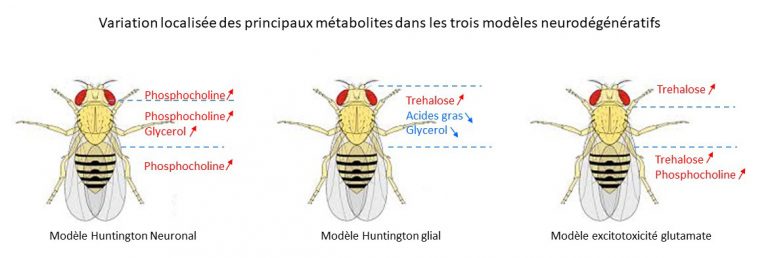Researchers have created a predictive model based on the detection of changes in metabolite concentration resolved by ¹H high-resolution MAS NMR
A lire aussi
Second Thematic Workshop on 3D Cell Models - 28 novembre 2025 à Tours
03 October 2025
par Isabelle Frapart
Second Thematic Workshop on 3D Cell Models – November 28, 2025, in Tours
03 October 2025
par Isabelle Frapart
2025, September 26
23 September 2025
par Isabelle Frapart

